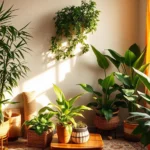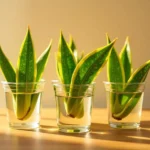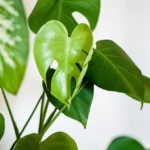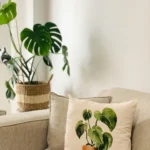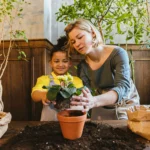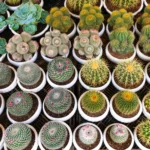For those fond of houseplants, the special needs of high-humidity plants have probably surfaced from time to time. Whether one refers to the leaves of Calatheas or those notorious and finicky ferns, some plants require something more than mere water and soil and sunlight-they love higher humidity levels. In this article, we will see everything about humidity-loving plants: why they need humidity, what kind of plants like it, how to give the right environment for them, and the best practices to keep them healthy and alive.
Most indoor plants like humid conditions, but this is even more important for those that have grown native in the tropics. Contrary to their fellow plants that would adapt to whatever condition they are placed in, tropical houseplants are used to an environment with notable moisture levels, keeping their leaves healthy and growth steady. Knowing how humidity affects them can help you make little changes that create a huge difference in their looks and lifetime.
What is Humidity and Why Do Plants Need It?
Humidity refers to the concentration of water vapor in air. To plants, humidity is one of the elements of natural habitat. The most common measure of humidity for indoor plants is relative humidity-the percentage of moisture in the air as compared to the maximum amount of moisture the air can hold at a given temperature. Tropical climates are naturally high in humidity; therefore, tropical plants very often thrive in conditions with 60-80% humidity levels.
Plants have small pores in leaves called stomata that relate to the transpiration process by which plants “breathe.” The high humidity allows plants to keep their stomata open with easier air exchange and less water loss. At too low a humidity, more water may be lost from plants than they can take up via their roots, producing crispy, brown margins on leaves. For plants that love humidity, this highly humid atmosphere supports their survival and even their growth and coloration in extremely good condition.
The Importance of Humidity for Houseplants
Proper humidity makes all the difference in plant health within an indoor environment. While most homes have around 30-50% humidity, plants that generally love humidity do better at upwards of 60%. If they cannot absorb enough moisture from the air, the plants will draw inwardly from their tissues, leading to leaves being damaged and even stunted growth. The prevention of these problems is brought about by high humidity, which acts as a sort of “humid bubble” around plants, where moisture levels are high enough for plants to thrive.
When the humidity is balanced, plants are able to:
- Photosynthesize efficiently-open stomata increase the intake of CO2.
- Reduce water loss-less water is taken up from the soil or from the plant’s own reserves.
- Thrive well, the leaves of the plants that love humidity are fuller and of a better color when in the right environment.
How to Measure and Maintain Humidity Levels
Invest in a Hygrometer
A hygrometer is a device any lover of plants would want to have in order to regulate humidity. With this tool, it measures moisture in the air and provides clear readings of your indoor conditions. Hygrometers can be either digital or analog; most display temperature alongside humidity, an added advantage since a number of plants do well in cooler or even warm conditions.
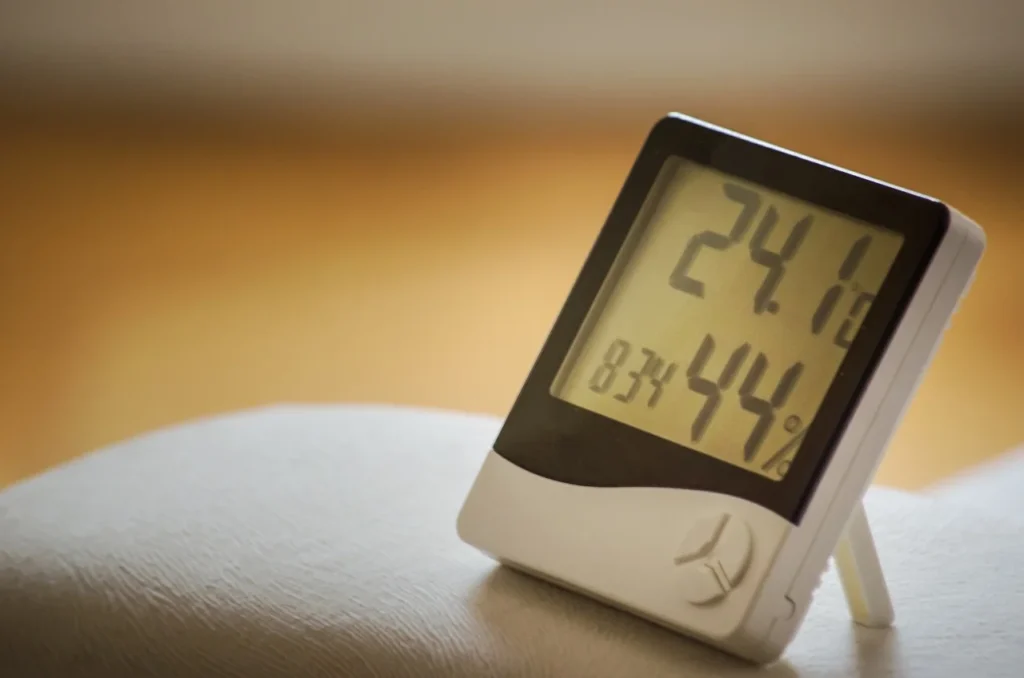
Use a Humidifier
For plants that are considered to be humidity-lovers, humidifiers are quite another ball game altogether. This is because they add moisture to the air, creating that natural environment which the plant is used to. Here are a few tips:
- Type: Use a cool mist humidifier that releases a fine mist without raising the temperature.
- Set it to the right level: It should be within a humidity level of 60-80%, but that may be adjusted according to the needs of the plants.
- Location matters: Place the humidifier near plants-just not directly on them-to avoid oversaturating the plants themselves.
Try Natural Humidity Sources
For plant owners who do not have a humidifier, make use of rooms that would have a high level of moisture, such as bathrooms or kitchens. A bathroom generates steam from showering and a kitchen from boiling water and cooking.
Create Humidity Trays
Humidity trays are a very inexpensive addition to gain a little extra moisture. Place pebbles in a shallow tray, add water to just below the pebble tops, and set your plant on top. As water evaporates, it increases the moisture in the immediate area.
Group Your Plants Together
Plants naturally transpire, releasing moisture into the air. Group them together, and they create a micro-climate of higher humidity around themselves that all plants benefit from. In more common terms, this is called the “humidity bubble effect.” This process works really well with a number of tropical plants in one room.
Top 10 Humidity-Loving Plants to Enhance Your Indoor Garden
The Calathea variety is often referred to as the “drama queen” of house plants. Beautifully attractive, it is nonetheless extremely sensitive to humidity levels, browning and crisping at every opportunity.
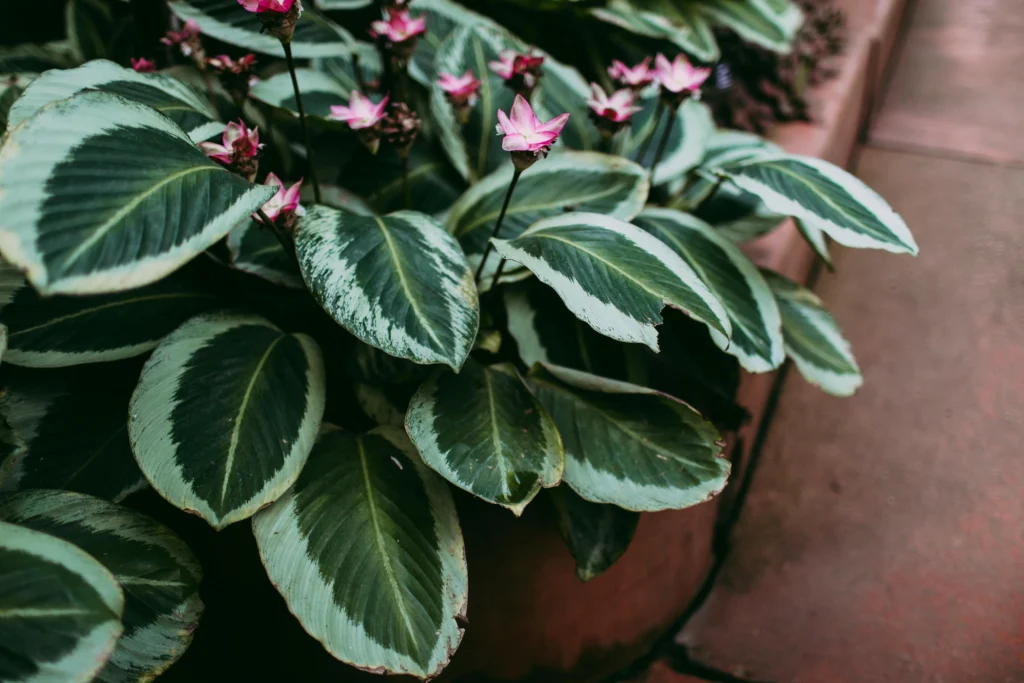
Peace Lily (Spathiphyllum): The peace lily loves humid environments and boasts big, lush leaves along with white flowers, growing very well in areas above 50% humidity.
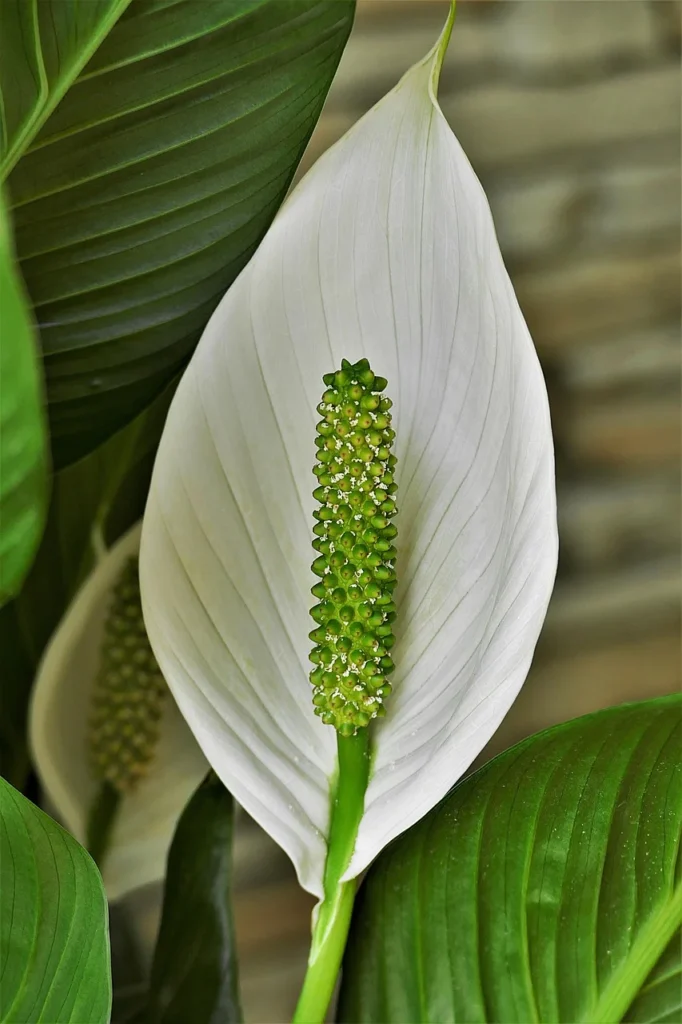
Bird’s Nest Fern: These ferns have been bred for high humidity and can, therefore, thrive pretty well in bathrooms where moisture is usually present.
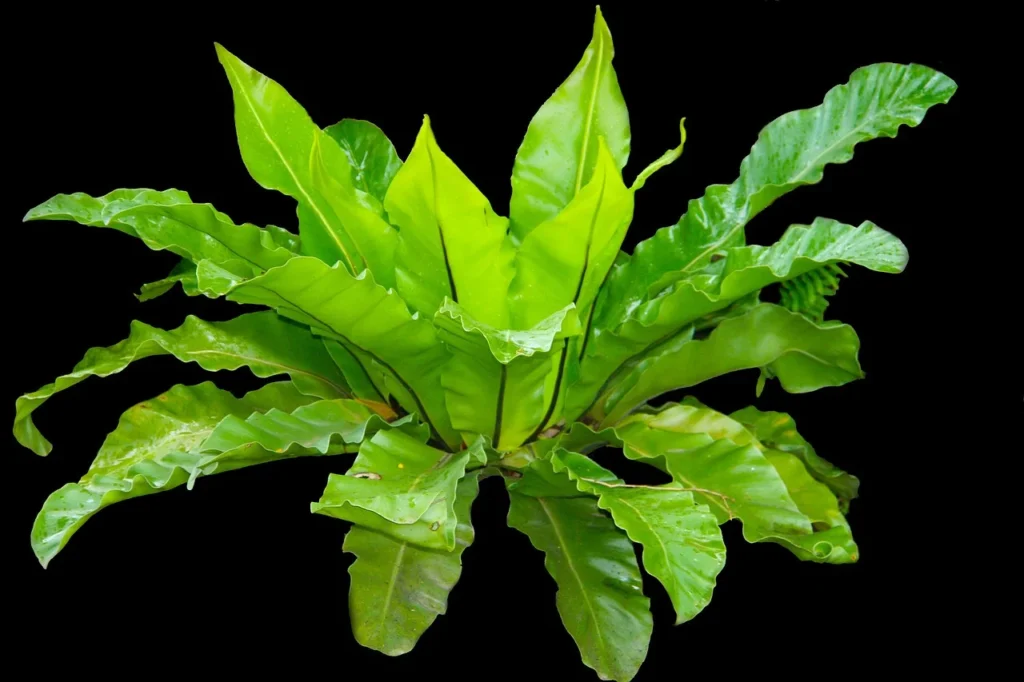
Begonia Maculata: Its name-which essentially means “spotted”-Begonia Maculata, requires high levels of humidity to prevent its leaves from browning.
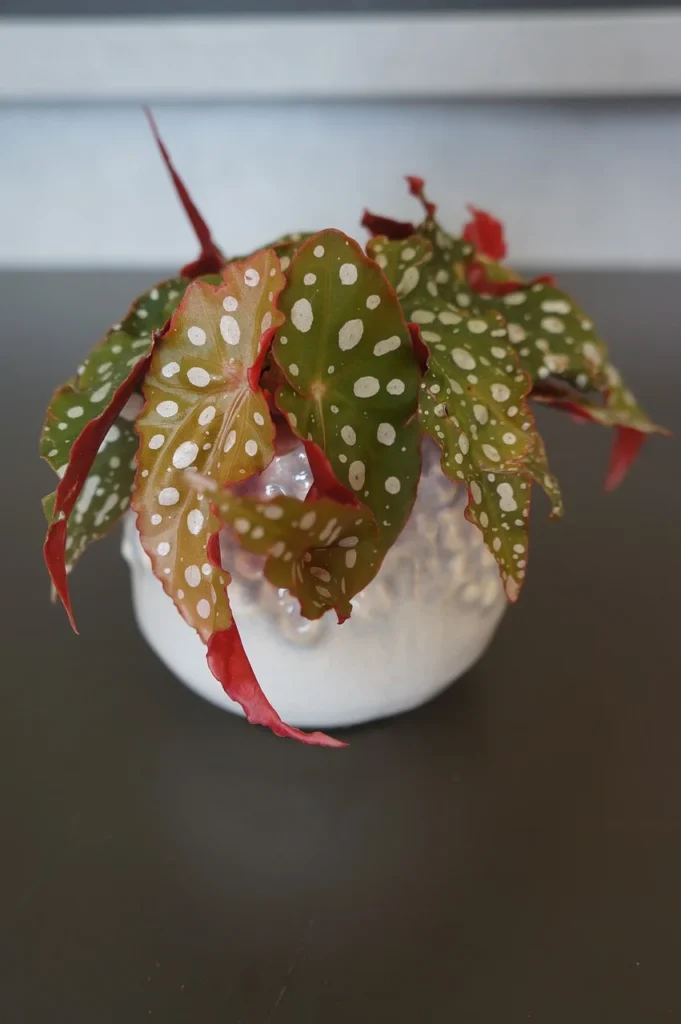
Alocasia Polly: Alocasia is one of those plants that absolutely adores humid conditions. It mainly thrives when the air has tons of moisture and has a high level of humidity constantly, so its leaves can be lush and green.
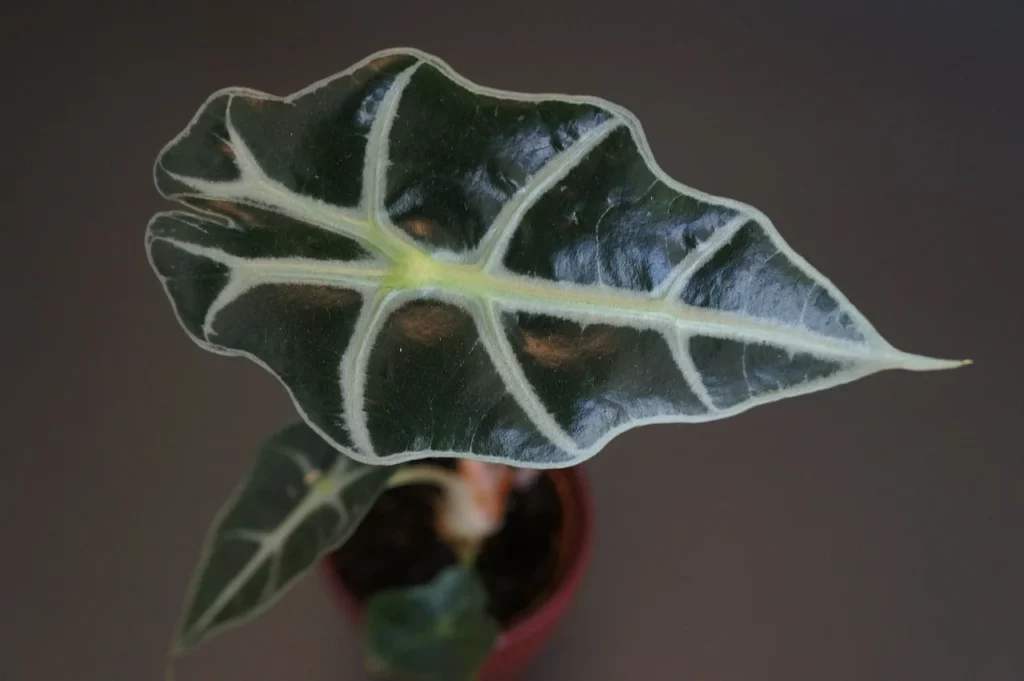
Fiddle Leaf Fig: Fiddle Leaf Fig plants are content with low levels of humidity but thrive much better when there is extra moisture in the air.
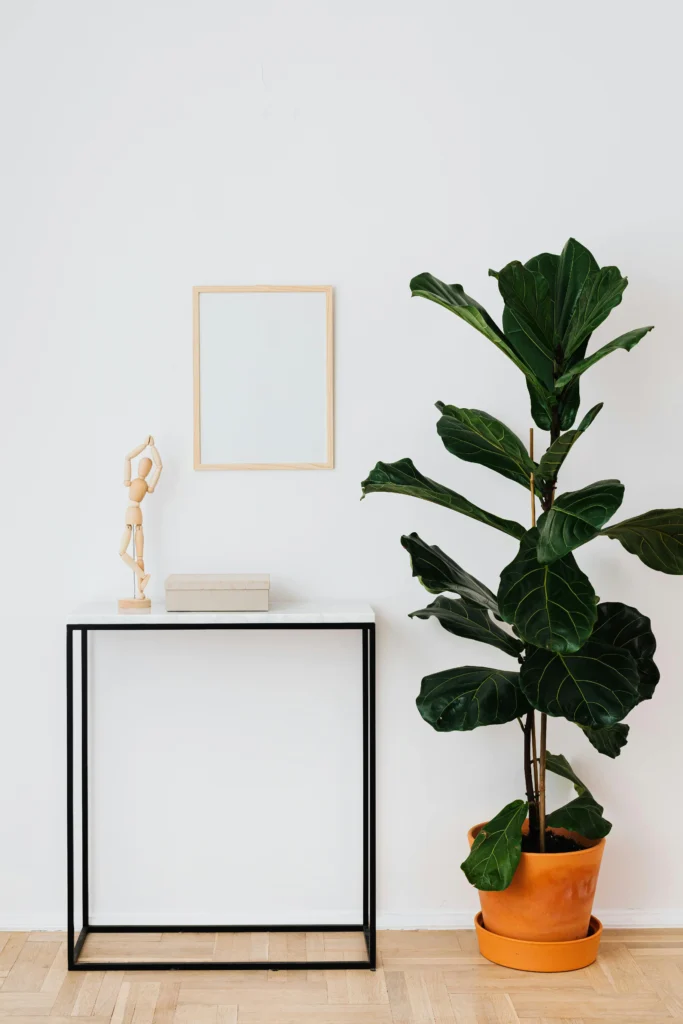
Coffee Plant: This plant thrives well in humid environments, especially when planted under bright, indirect lights.
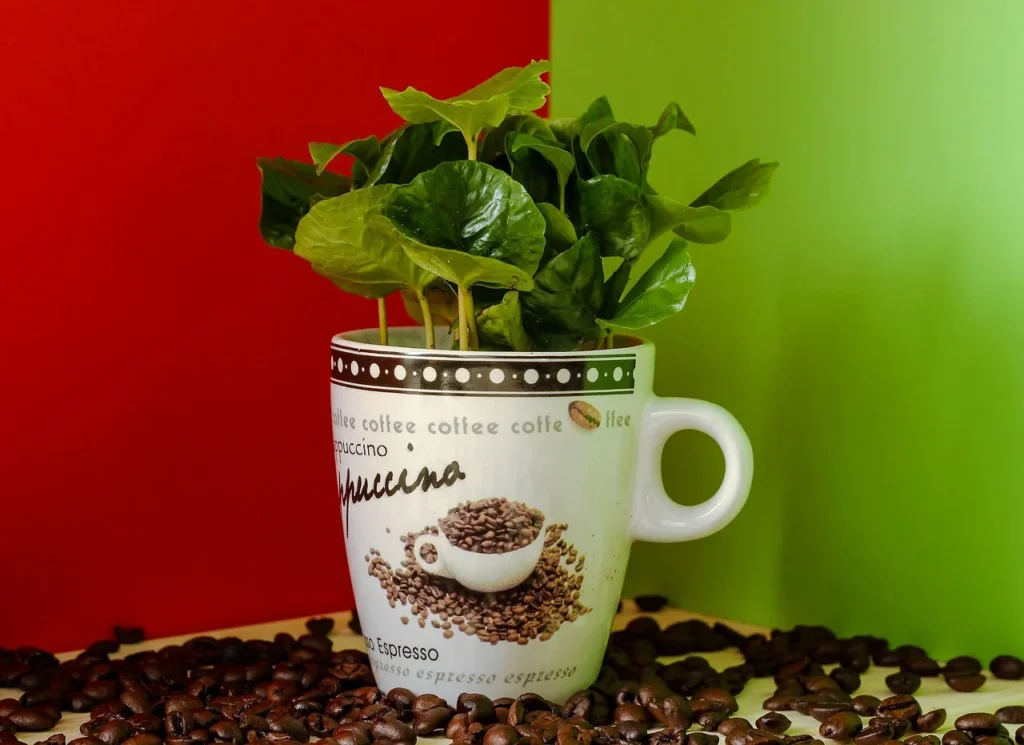
Prayer Plant: Marantas are beautifully patterned and thrive in high humidity, so mist regularly or set them near a humidifier.
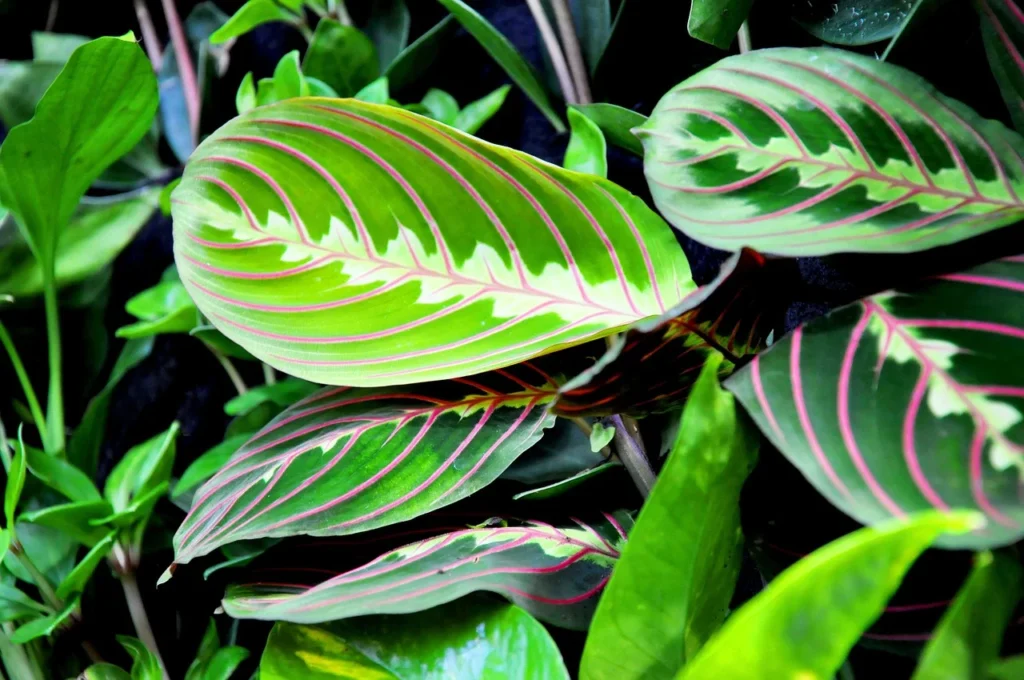
Boston Fern: This plant bears feathery fronds and enjoys high humidity lest it dries out.
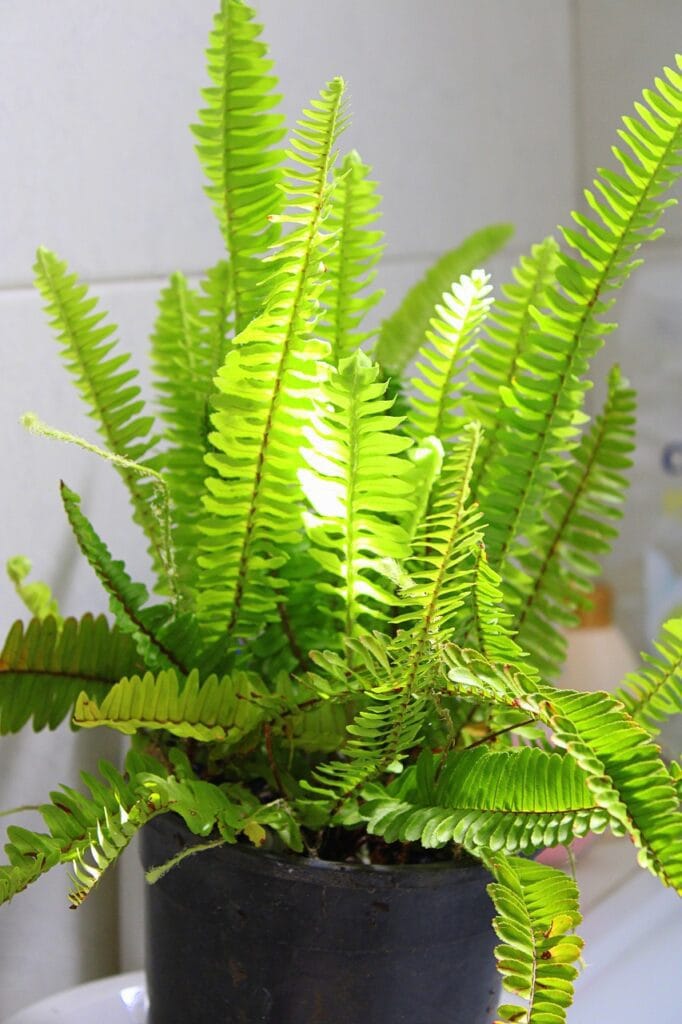
Pothos: While this plant is adaptable to different conditions, pothos plants prefer higher humidity, especially in hotter states.
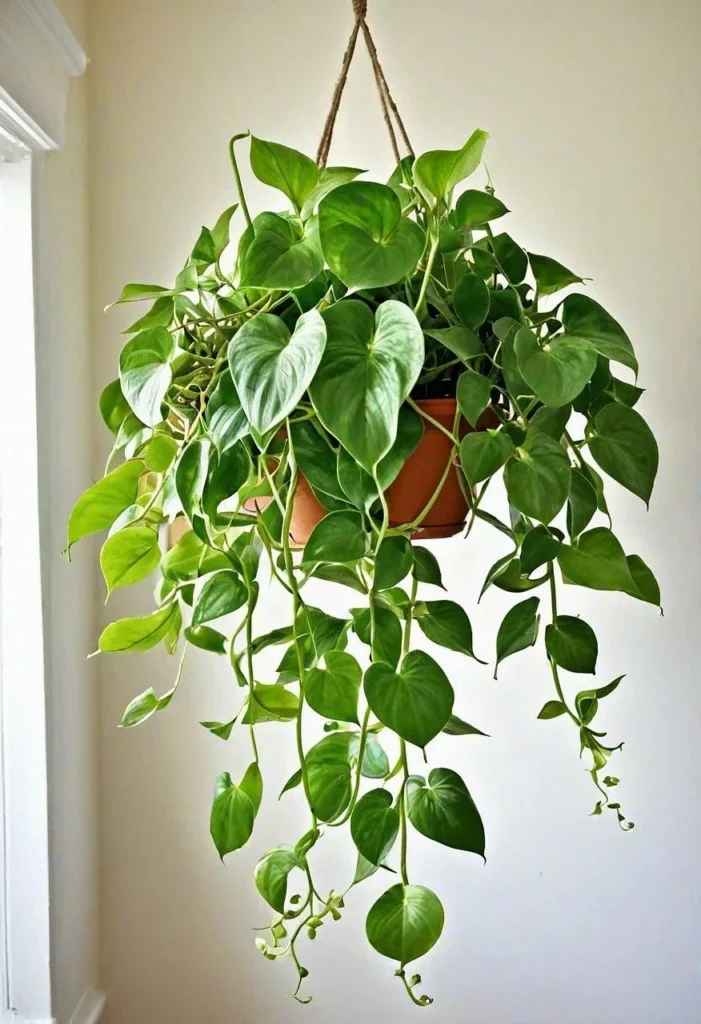
Each one of these plants can add beauty to your home. Just be sure you are monitoring the environments of the plants closely for adjustment as needed.
Humidity Challenges and How to Overcome Them
While it can be very beneficial, too much humidity can create molds, rot, and critters. Over-humidifying opens the door to pests and fungal problems, so balance is paramount. Here are some tips:
- Allow good airflow: Fans will circulate the air to prevent mold or mildew from setting in.
- Using a timer: Again, do not let your humidifier run all the time. Allow it to go on and off at set intervals to maintain the humidity in the air without saturation.
- Avoid direct misting: Begonias are part of a long list of plants that don’t mix too well with being directly misted. Indirect methods or humidifiers will be much better for them.
Humidity Boosting Techniques: Pros and Cons
Different methods can be followed to replicate the best conditions for high-humidity loving plants, with advantages and disadvantages:
- humidifiers are good for maintaining a constant amount of humidity in the air. They are amongst the best options and work very well for tropical plants; however, they require some maintenance and electricity.
- Humidity Trays: These are relatively inexpensive and easy ways to add a very minimal amount of moisture to the air closest to the plant. Indeed, they are only marginally effective for larger areas.
- Grouping Plants Together: Plants can create their own humidity bubble through transpiration when placed together. Although free and relatively effective, this may not prove reliable in an extremely dry environment.
- Pebble Trays: These are easy to set up and provide a slight increase in humidity levels. Pebble trays are relatively inexpensive; however, their effectiveness is typically enhanced when used in conjunction with a humidifier.
- Misting: Mist tends to be the cheapest and quickest way to provide a plant with higher humidity levels around it. The drawback with misting, though, is that it can leave unsightly hard water spots on leaves and sometimes bacterial issues arise with plants that don’t like water on their leaves.
- Rooms with higher humidity may be used. Bathrooms and kitchens are inherently the damper spaces. Moving plants there is pretty easy but might be limited by the area and light available.
All these techniques have their own merits, so decide based on the requirement of your plants, room available for the same, and your preference regarding maintenance.
Avoiding Common Mistakes with Humidity-Loving Plants
Plants that like humidity tend to be a little more finicky, so here are a few common mistakes to avoid:
- Not checking the level of moisture: Indoor humidity should be monitored with a hygrometer.
- Overwatering as a replacement for humidity: If more water is applied to the soil, that doesn’t emulate air humidity and may cause root decay.
- Signs of prolonged stress are to be ignored: Browning, curling, and crisping leaves are only indications your plant has been begging for more humidity.
- Watering with hard water: Most plants are opposed to high levels of humidity and would do best if they were served with distilled or filtered water.
Frequently Asked Questions About Humidity-Loving Plants
What’s the optimal humidity for indoor tropical plants?
Generally speaking, tropical plants thrive best at 60 to 80 percent humidity. If you have a collection of plants, aim for a middle ground of 50-60 percent to make most types happy.
Can I use a room humidifier for my plants?
Of course, room humidifiers are multi-purpose and will be helpful for both your plants and yourself as they maintain moist air in the room with the dry winter months arriving.
Are there signs that my plant needs more humidity?
Yes, these signs include brown leaf tips, curling edges, and a slow growth rate. Plants that generally require higher humidity take these as signals that it is time to make the air moister.
Conclusion: Creating a Humidity-Friendly Environment for Your Plants
Knowing the requirements for humidity-loving plants will go a long way in helping them thrive indoors. By using a humidifier, creating a humidity tray, or grouping plants together, one is taking steps in the right direction toward healthier, more robust houseplants. With just that extra TLC and proper props, even the most tropical of plants will have a fighting chance at turning one’s residence into a lush, green oasis.
Take some time to get acquainted with the needs of your plants; check on the humidity from time to time and adjust the levels as necessary. In time, you will know exactly what each of your plants wants, and the fruits of your labor will become apparent in lush, magnificent greenery.
Want more indoor plant care tips? See our comprehensive guide to caring for tropical plants


